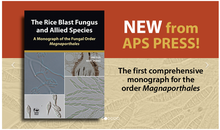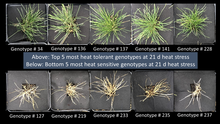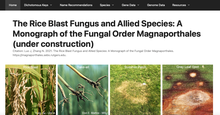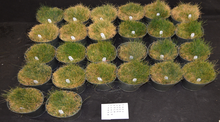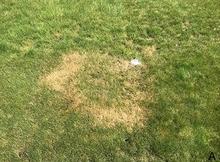A monograph of the fungal order Magnaporthales
By Ning Zhang and Jing Luo, Rutgers University
Summer patch is a common and destructive root disease of fine fescue grasses. It causes root, crown and stem rot that develops during periods of summer stress (Smiley et al., 2005). The known causal agents of summer patch are two fungal species, Magnaporthiopsis poae and M. meyeri-festucae that belong to the order Magnaporthales (Luo et al., 2017).
